Best street photography examples.
Lead by example right? That’s why we’re here, to explore the best street photographers—the eras they photographed, their technology of choice, as well as their iconic styles and subject matter, to help inspire you in your own work. Whether you’re just getting started in street photography, or need some ideas to spark a new direction, these iconic and historic street photography examples will be sure to prompt fresh ideas or provide guidance.
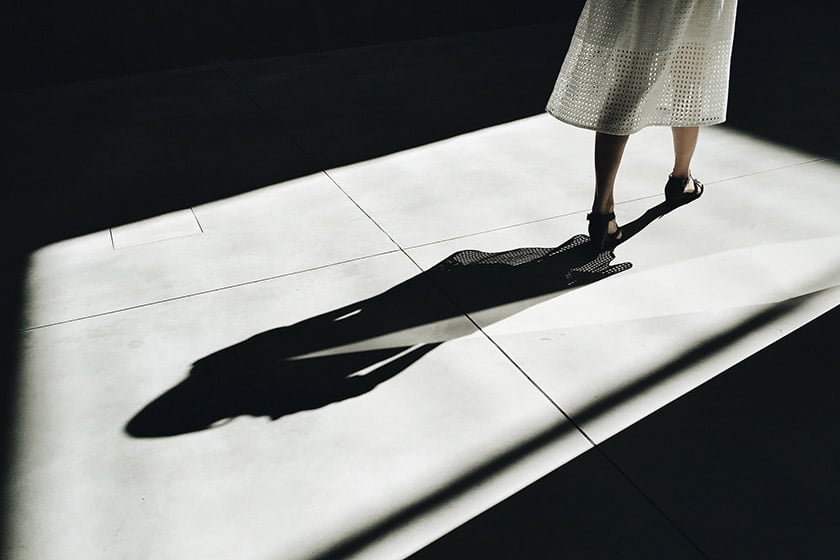
Best street photographers.
The best of the best. That’s who we’ve chosen to summarize for you–the street photographers featured in this article pioneered new ideas, experimented with new methods and bold directions to carve out their own unique style in their work. Many of these photographers published books of their works and secured artist grants to financially support their work. Some worked freelance, others had stints at or commissions through magazines, several ended up teaching photography. Some got their start in art schools, others didn’t.
Maybe Diane Arbus’ empathic connection to her diverse subjects will help expand your own ways of connecting with your subjects. Maybe Walker Evan’s late in life use of a Polaroid camera will inspire you to experiment with different accessories and devices.
Either way, if you’re looking to do more street photography or find new directions in your work, here are some of the best street photographers to read up on and gain inspiration from.
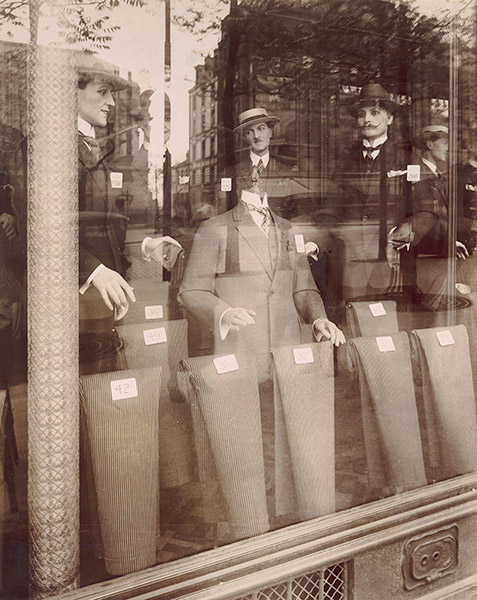
Eugène Atget
Eugène Atget was a French photographer who lived and worked in Paris. He was known as being a French flâneur, meaning an observer of life. Atget began his photographic career in 1890, and despite developments in photographic technology, he carted around a large format bellows camera using glass plates. He was concerned with documenting what remained of “old Paris,” as the city was rapidly modernizing. He preferred taking photos of architecture and the urban landscape, including taking shots of shop windows and buildings. One of Atget’s most famous photos includes a group of Parisians looking up at the sky during a total solar eclipse. American photographer Berenice Abbott brought Atget to prominence posthumously back in New York City, where his work was first exhibited outside of Paris at the MoMA.
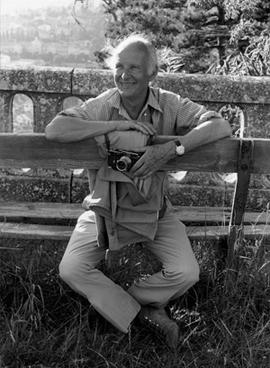
Photo credit: Martine Franck / Magnum Photos / Fondation HCB – Fair use
Henri Cartier-Bresson
Henri Cartier-Bresson was a French photographer known for his candid, humanist, and even surrealist street photography. Before his photographic career had begun, Cartier-Bresson went to art school and studied painting and sculpture. He was an avid reader, and also studied literature. While conscripted into the French Army, he was gifted his first 35mm camera, eventually, his camera of choice became a Leica 35mm rangefinder. Cartier-Bresson traveled often during his photographic career and worked on several films. He was given a solo exhibition in New York City in 1947, the same year co-founded the photo agency, Magnum Photos. In 1952, he published his book, The Decisive Moment, a phrase coined by Cartier-Bresson that described the time when form, content, vision, and composition align and the ideal conditions come together to stop a moment in time and create a photo.
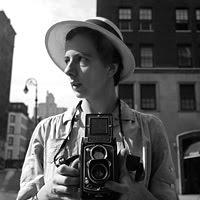
Vivian Maier
Vivian Maier was an American photographer best known for taking street photos in Chicago in the 1950s and 60s. Maier gained notoriety after her death, after over 100,000 of her prints and negatives were discovered by collectors and shared with the world through exhibitions and most notably, the award-winning documentary film, Finding Vivian Maier. Growing up between Europe and the United States, Maier eventually made her way to Chicago, where she lived and worked as a nanny. She primarily used a medium format Rolleiflex camera, which rendered sharp images of her subjects: everyday Americana, urban Chicago society, children, the working class, and architecture. Maier even infused a self-portrait from time to time. Her work has been described as warm, playful, and calm, with subtle gravitas and emotion.
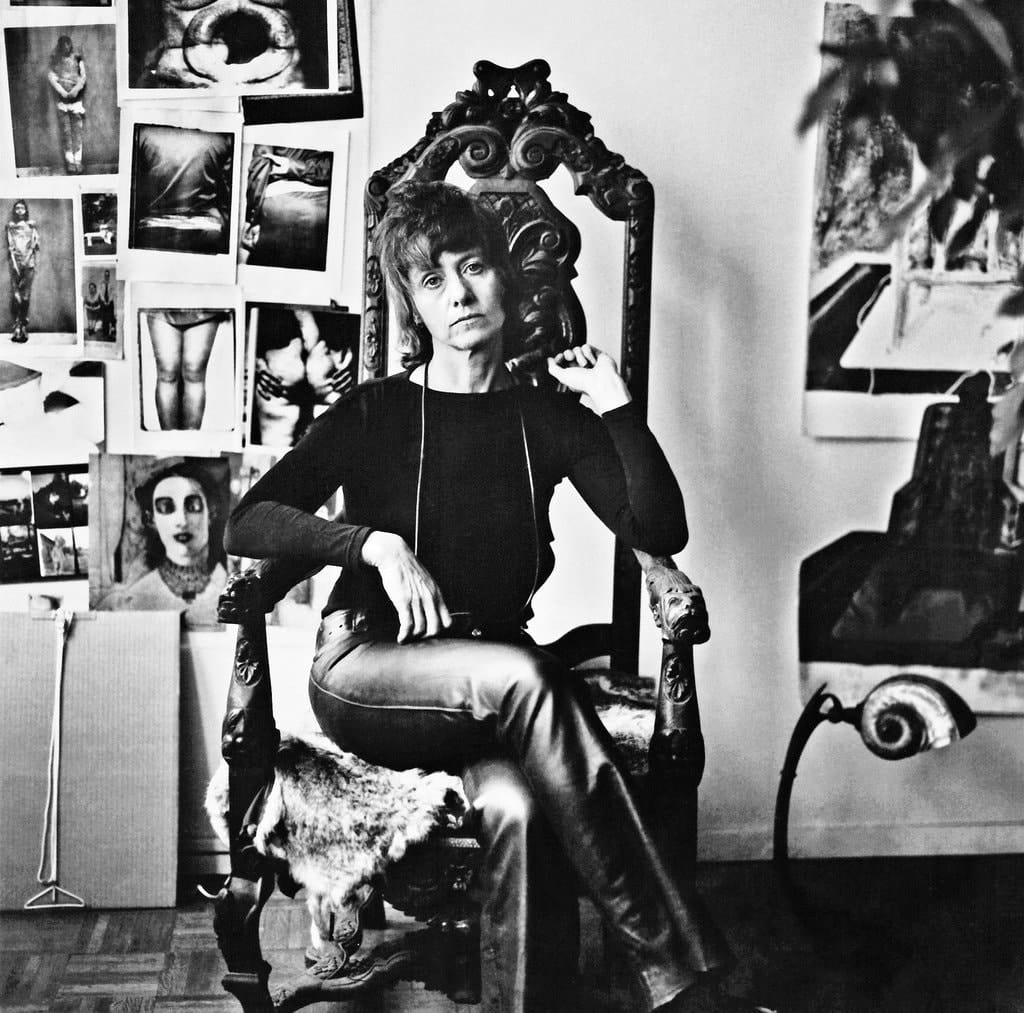
Diane Arbus
Diane Arbus was an American photographer, who grew up and spent most of her life in New York City She started taking photos in the 1940s. Arbus is famous for her eclectic subjects, often featuring those with unique features or identities, many of who lived marginalized lives; carnival performers, drag artists, elderly people, nudists, and people with disabilities. Most she captured on the streets of New York City and the surrounding area, as well as in parks, on beaches, and in private spaces. Arbus spent most of her time with medium format cameras, held at the waist as she looked down into the viewfinder, allowing for a different level of intimacy between subject and photographer. Her black and white portrait style can be described as frontal, stark, documentary photography, often utilizing a flash during the daytime to contrast her subjects more starkly from their surroundings.
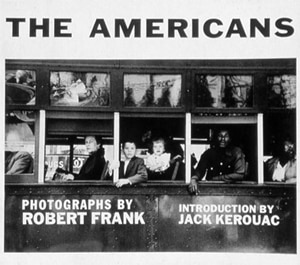
Robert Frank
Robert Frank was a Swiss photographer who emigrated to the United States after experiencing oppression in Europe growing up in a Jewish family. Previously apprenticing with photographers as a teenager, he started as a fashion photographer in New York City in 1947 at 23. Over the coming years, he received mentorship in his field and created several handmade books of his own photographs. His seminal photobook, The Americans, published in 1959, consisted of photos Frank had taken on cross-country trips over the previous years thanks to a Guggenheim Fellowship. The book captured juxtapositions between postwar American optimism with the racial, economic, and religious tensions of the time. Frank primarily used a 35mm camera, attributing the many photos he was able to get by always having his camera with him, walking around, and waiting for a moment.
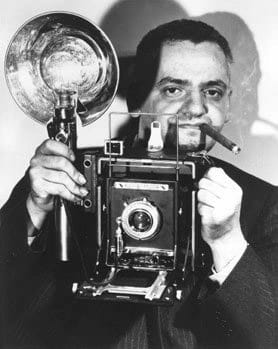
Weegee
Born in Ukraine, Arthur Fellig, known famously as Weegee, emigrated to NYC with his family when he was a child. He was a self-taught press photographer and photojournalist, who followed police and emergency services around in the 1930s and 40s, covering crime scenes and emergencies around the city, primarily at night. He was known for his use of flash, taking gritty black and white photos on his 4×5 graphic camera. For part of his career, he got into filmmaking and moved to Los Angeles, where he worked as a stills photographer for Stanley Kubrick. There he also created Distortion, an experimental photo series featuring celebrities and politicians. Weegee and his crime scene photography were the inspiration for many pop culture references and films.
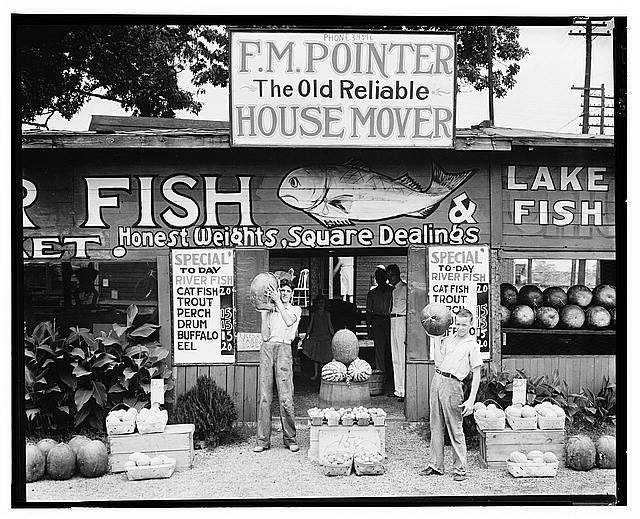
Walker Evans
Walker Evans was an American photographer, best known for his photojournalism during the Great Depression in the 1930s, and street photography in the 40s and 50s. The self-taught Evans took up photography at 25 years of age, first documenting New England’s Victorian architecture and housing styles. His style and subjects evolved to document various aspects of American life, from New York City subway riders to rural inhabitants confronting the hardships of the Great Depression. His 1936 portrait of a young wife of an Alabama farmer made for an enduring image of the time. Evans primarily used a large format view camera but experimented with several different devices. Later in his life, he used a Polaroid camera, experimenting with elements of minimalism, he focused on single subjects, including portraits and architectural details.

Photo credit: Hans Peter Schaefer Hps-poll, CC BY-SA 3.0
Joel Meyerowitz
Joel Meyerowitz is an American photographer known for his pioneering use of color, despite its resistance at the time. He studied art at Ohio State University and moved on to be an art director at an ad agency in New York City. Inspired by Robert Frank, he quit his agency job to be a full-time photographer in the early 1960s. Meyerowitz started using a 35mm camera and moved to an 8×10 large format camera for its clear detail. He has received numerous grants and awards and has published over 40 books of his work. His street photography has focused on capturing natural light and human interactions and has broadened to include portrait and landscape work. Meyerowitz was the only photographer to get unrestricted access to photograph the World Trade Center site after 9/11.
Lee Friedlander
Lee Friedlander is an American photographer. He studied photography in college but was already earning money for his work in his teens. Friedlander was known for his portrayal of the urban social landscape. He photographed structures and urban street elements such as fences and signs. He also photographed parks and industrial areas. His wife was also a frequent subject of his photography, as was he. Friedlander was an early adopter of the selfie, whether sitting in the passenger seat of a vehicle and incorporating himself into the picture frame through the rearview mirror, including his shadow in a photo, or capturing his reflection in a street window. He used a 35 mm Leica with black and white film for the majority of his career, but now works with medium format cameras.

Source, Fair use
Helen Levitt
Helen Levitt was an American photographer who spent most of her life living and working in New York City. She started in photography in her late teens, where she taught herself how to develop photos and worked for a commercial photographer. She took photography classes through community organizations, further developing her style. While teaching art classes to children, she became enamored by their ephemeral chalk drawings, which she started photographing with her 35mm Leica camera. Her subsequent work documented residents in Harlem, the Lower East Side, and the Garment District, but she frequently returned to the perspective of children, their interactions, and play. She was also an active filmmaker for over 20 years, receiving an academy award nomination for a documentary film in 1948.
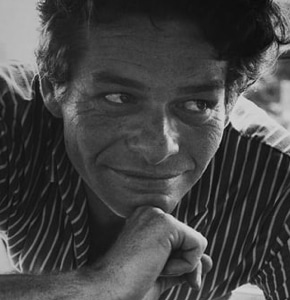
Photo credit: Attributed to Judith Teller – SFFILM, Fair use
Garry Winogrand
Garry Winogrand was an American photographer famous for capturing the frenetic energy of NYC streets in the 1960s. He emigrated to the US with his family and studied painting and photography in college. Winogrand photographed in New York City at the same time as Diane Arbus and Lee Friedlander. He supported himself through fellowships and various freelance photography jobs. His work explored American life and had a sometimes raw, sometimes lighthearted quality, bordering on absurdist at times. His subjects included people, public events, animals, and the streets themselves. He was also interested in the media’s effects on street life. He taught at various institutions, and published and exhibited his work. At the time of his death, he had thousands and thousands of unprocessed and unedited camera film, many have since been preserved and exhibited.
Build an online portfolio website you love
Put your street photography in the spotlight.